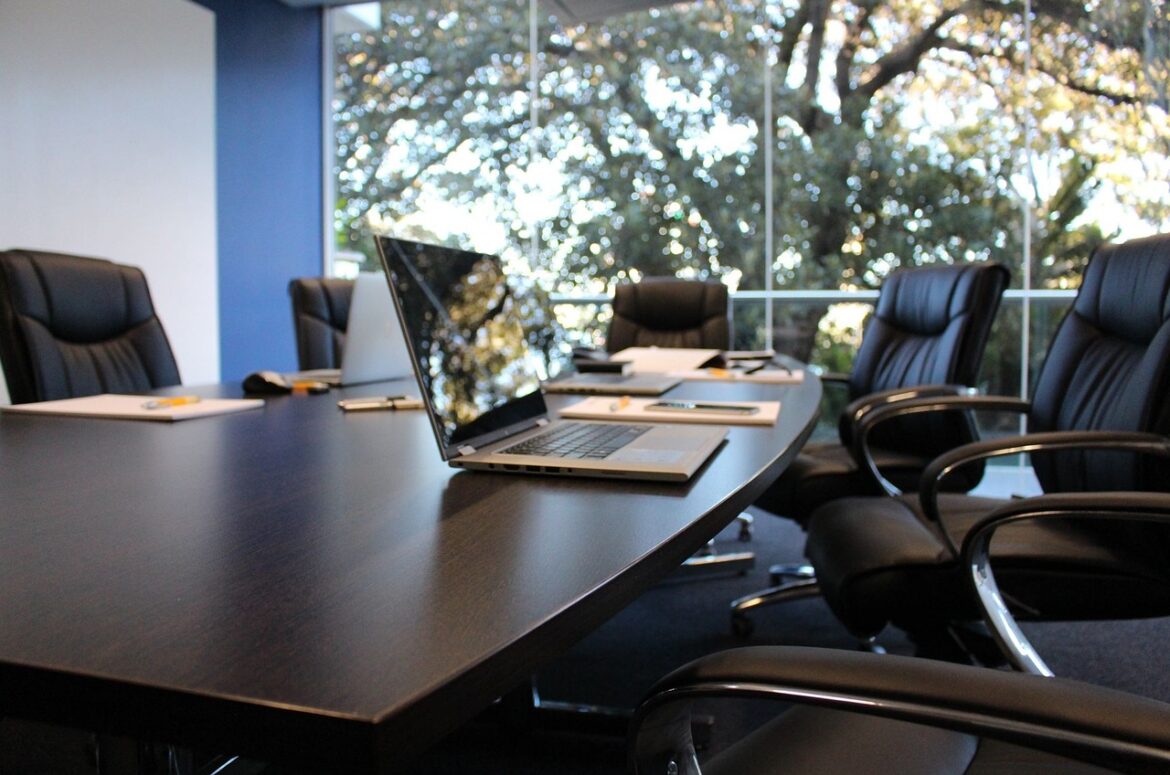When it comes to workplace drama, 2025 is shaping up to be a landmark year for Human Resources—think of it as a blockbuster with high stakes and real-world consequences. From mass layoffs in government agencies to a new era where skills trump degrees, plus the ongoing push to truly support employee wellbeing, HR is no longer just an admin function; it’s center stage in business survival and success.
Government and Healthcare Layoffs: A Tsunami of Uncertainty
Picture this: the IRS planning to cut up to 40% of its workforce, state governments trimming staff, and healthcare systems shedding jobs due to financial strain. This is the literal downward spiral happening in large chunks of the public sector right now. Fed by shrinking government footprints and economic pressures, thousands of workers face job cuts, sending ripples of anxiety through the labor market.
This fear isn’t just a headline; 81% of Americans express genuine concern about losing their jobs in the near future, a level of anxiety reminiscent of the pandemic’s darkest days. Companies in tech and public services aren’t immune, making workplace stability a hot-button issue.
Hiring Shifts: Skills Over Traditional Degrees
Imagine a company that prides itself on hiring a software developer because they can code well, not simply because they hold a computer science degree. Employers are adopting assessment tools that spotlight true abilities, aligning talent to job needs tightly. This shift helps tackle the acute talent shortage across industries, ensuring teams keep pace with changing market demands. The tech wave continues to reshape HR terrain. Artificial Intelligence isn’t just buzz; it’s the engine driving constant reskilling. Jobs evolve or vanish, and companies must create a culture of ongoing learning to prepare employees for tomorrow’s tasks. Continuous skill development isn’t an option but a survival tactic. This has pushed HR to embrace smart tools for strategic workforce planning — predicting future skills gaps and deciding when to hire or train internally. Boards of directors now expect HR leaders to align talent strategy tightly with business goals to stay agile amid ever-shifting market dynamics. HR leaders at companies like KPMG and Canva are rolling out fresh initiatives. These include flexible work policies that balance returning to offices and remote flexibility, plus tools that better support mental health and financial wellness. The underlying message? A resilient workforce needs more than a paycheck; they need a healthy, supportive environment. References:Tech-Driven Transformation and Continuous Learning
Employee Wellbeing Takes Center Stage
Culture and Leadership: The New Winning Formula
TL;DR



